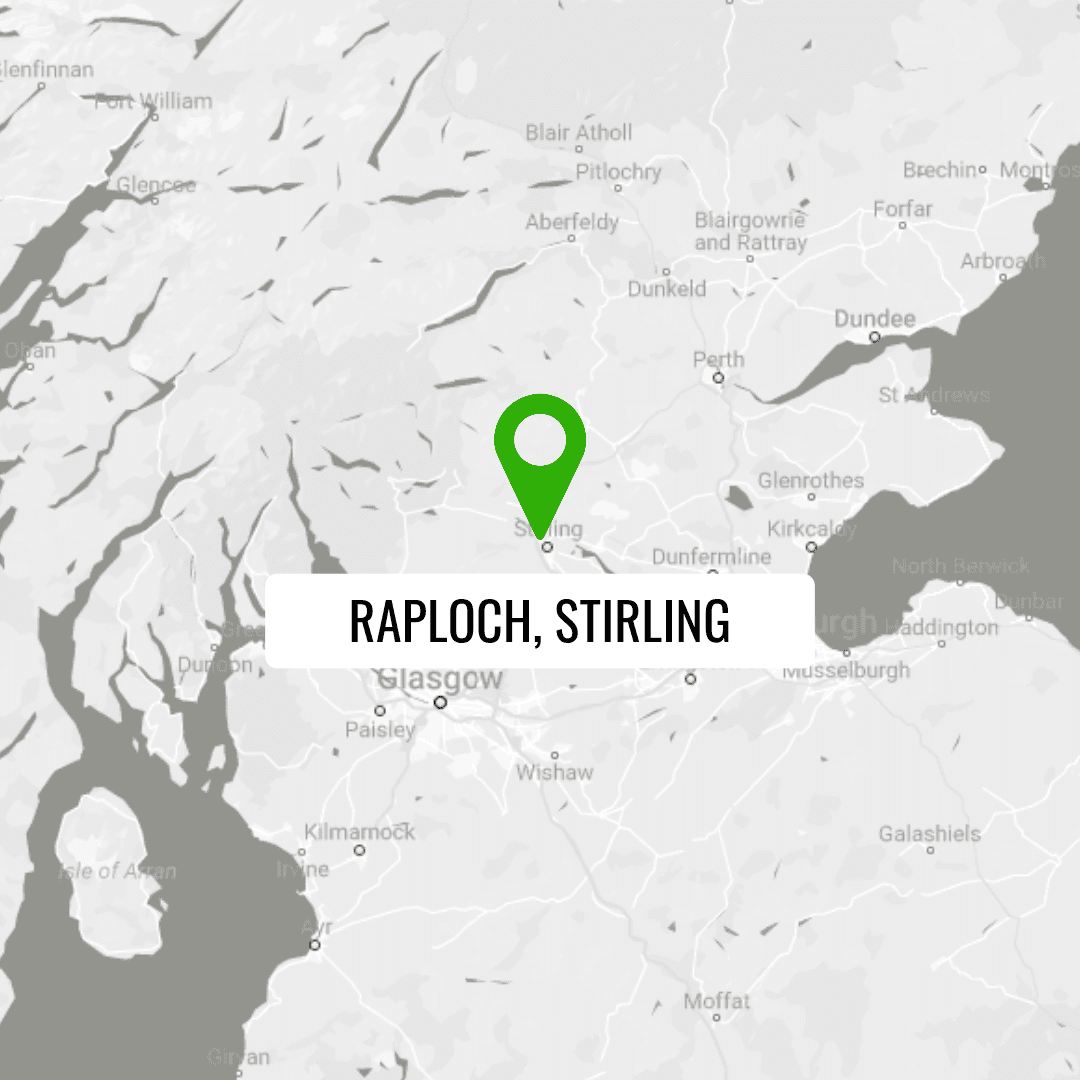Live project
Working with Stirling Council and Inner Forth Futures to make the greenspace along Glendevon Drive more climate resilient and turn it into a more welcoming park space for the local community.
Introduction
Glendevon Drive was shortlisted as a suitable greenspace for improvement works that will support the delivery of the Climate FORTH (Furthering Our Resilience Through Heritage) project by Inner Forth Futures (IFF).
In our role as an IFF delivery partner and acting on behalf of Stirling Council, we asked the local community for their views on a set of proposed interventions in the greenspace, which focus on reducing the impacts of heavy rainfall and supporting climate adaptation and resilience.

About the proposed interventions
This project will deliver multiple outcomes at Glendevon Drive across these key areas:


We asked the local community for their views on the proposals at Glendevon Drive. As well as increasing the long-term climate resilience of the space, the proposals aimed to offer more value to the local community and create seasonal interest. They include:
Survey responses received by the local community will inform the final project design, which will be completed in late 2025.